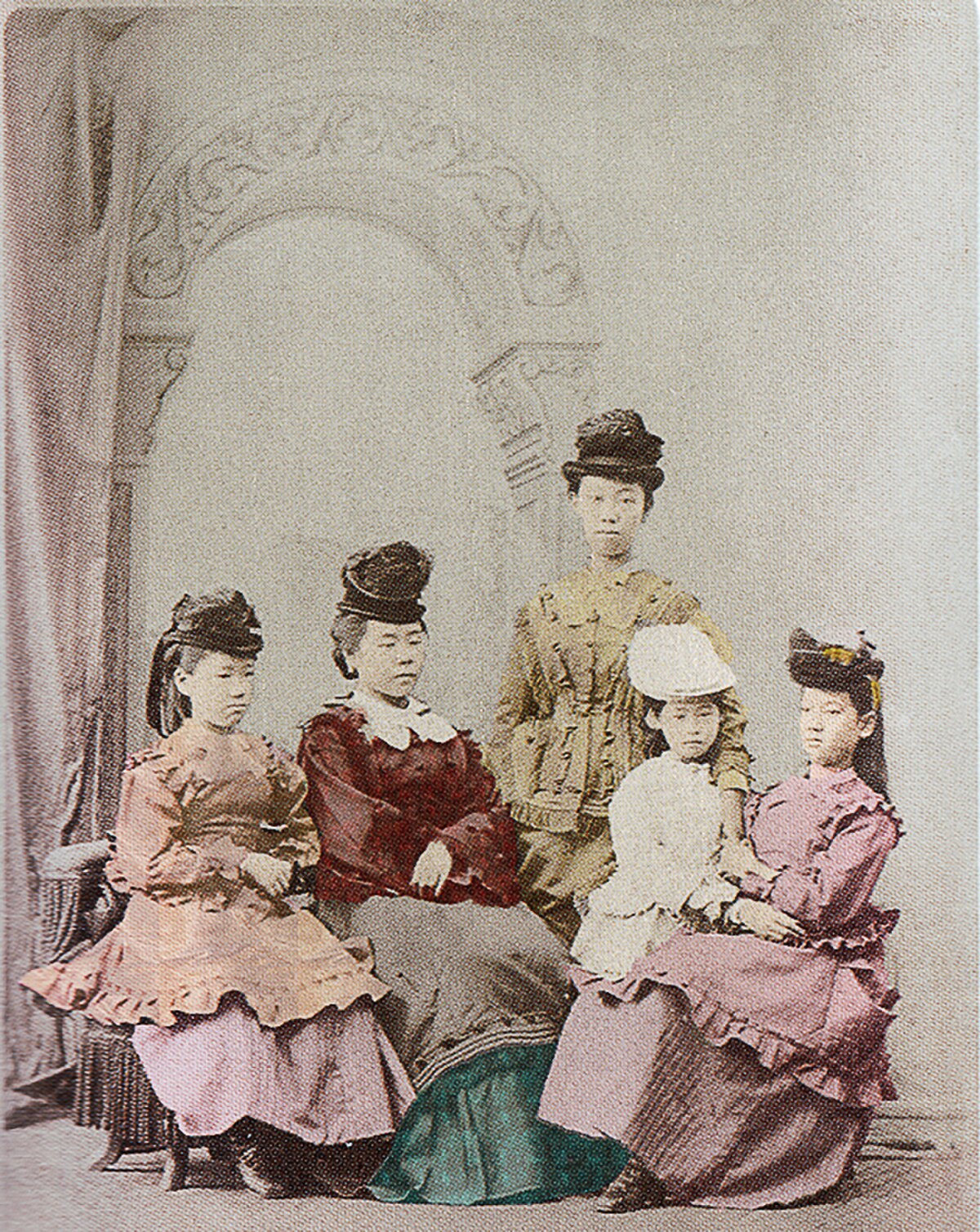
Iwakura Mission
San Francisco, CA, USAThe Iwakura Mission or Iwakura Embassy was a Japanese diplomatic voyage to the United States and Europe conducted between 1871 and 1873 by leading statesmen and scholars of the Meiji period. It was not the only such mission, but it is the most well-known and possibly most significant in terms of its impact on the modernization of Japan after a long period of isolation from the West. The mission was first proposed by the influential Dutch missionary and engineer Guido Verbeck, based to some degree on the model of the Grand Embassy of Peter I.
The aim of the mission was threefold; to gain recognition for the newly reinstated imperial dynasty under the Emperor Meiji; to begin preliminary renegotiation of the unequal treaties with the dominant world powers; and to make a comprehensive study of modern industrial, political, military and educational systems and structures in the United States and Europe.
The mission was named after and headed by Iwakura Tomomi in the role of extraordinary and plenipotentiary ambassador, assisted by four vice-ambassadors, three of whom (Ōkubo Toshimichi, Kido Takayoshi, and Itō Hirobumi) were also ministers in the Japanese government. The historian Kume Kunitake as private secretary to Iwakura Tomomi, was the official diarist of the journey. The log of the expedition provided a detailed account of Japanese observations on the United States and rapidly industrializing Western Europe.
Also included in the mission were a number of administrators and scholars, totaling 48 people. In addition to the mission staff, about 53 students and attendants also joined the outward voyage from Yokohama. Several of the students were left behind to complete their education in the foreign countries, including five young women who stayed in the United States to study, including the then 6-year old Tsuda Umeko, who after returning to Japan, founded the Joshi Eigaku Juku (present day Tsuda University) in 1900, Nagai Shigeko, later Baroness Uryū Shigeko, as well as Yamakawa Sutematsu, later Princess Ōyama Sutematsu.
Of the initial goals of the mission the aim of revision of the unequal treaties was not achieved, prolonging the mission by almost four months, but also impressing the importance of the second goal on its members. The attempts to negotiate new treaties under better conditions with the foreign governments led to criticism of the mission that members were attempting to go beyond the mandate set by the Japanese government. Members of the mission were nonetheless favorably impressed by industrial modernization seen in America and Europe and the experience of the tour provided them a strong impetus to lead similar modernization initiatives on their return.
